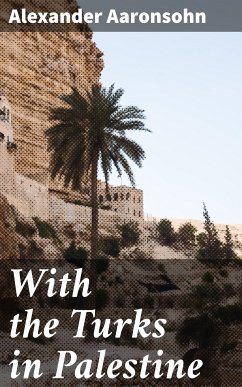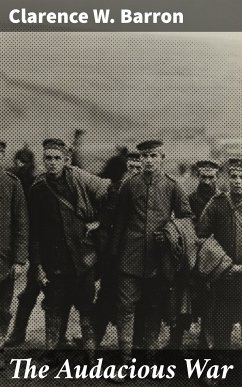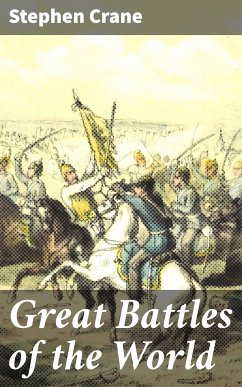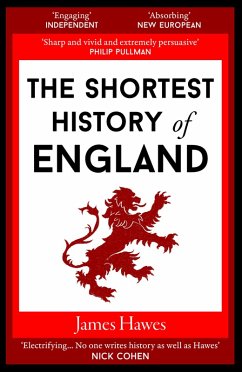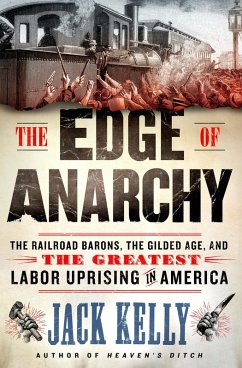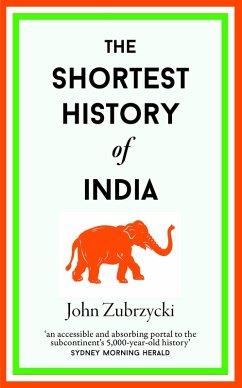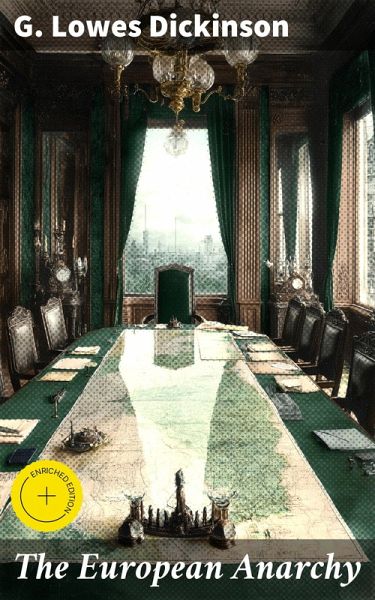
The European Anarchy (eBook, ePUB)
Enriched edition. Unraveling Europe's Political Chaos: A Scholarly Analysis of 20th Century Diplomacy and Nationalism
Kommentar: Elliott, Julian / Redaktion: Good Press
Versandkostenfrei!
Sofort per Download lieferbar
1,99 €
inkl. MwSt.
Weitere Ausgaben:

PAYBACK Punkte
0 °P sammeln!
In "The European Anarchy," G. Lowes Dickinson meticulously dissects the complex interplay of nations at the dawn of the 20th century, analyzing the socio-political tensions that led to the outbreak of World War I. The book is distinguished by its erudite prose and philosophical underpinnings, marrying historical narrative with keen political analysis. Dickinson employs a critical lens to explore the diplomatic failures and ideological clashes among European powers, presenting a compelling case for understanding the chaotic landscape of pre-war Europe within the broader context of international...
In "The European Anarchy," G. Lowes Dickinson meticulously dissects the complex interplay of nations at the dawn of the 20th century, analyzing the socio-political tensions that led to the outbreak of World War I. The book is distinguished by its erudite prose and philosophical underpinnings, marrying historical narrative with keen political analysis. Dickinson employs a critical lens to explore the diplomatic failures and ideological clashes among European powers, presenting a compelling case for understanding the chaotic landscape of pre-war Europe within the broader context of international relations and the burgeoning modern state system. G. Lowes Dickinson was a prominent British philosopher and political theorist whose intellectual pursuits were deeply influenced by his commitment to pacifism and international cooperation. Educated at Cambridge, Dickinson's engagement with key philosophical doctrines of the time, alongside his disillusionment with militarism, propelled him to examine the structural conditions leading to conflict. His experiences during a tumultuous belle époque enriched his perspective, prompting him to advocate for a more harmonious and rational approach to global politics, as exemplified in this seminal work. Recommended for historians, political scientists, and engaged citizens alike, "The European Anarchy" offers invaluable insights into the roots of modern conflict and presents a thought-provoking discourse on the necessity of peace in an increasingly fragmented world. Dickinson's incisive analysis remains relevant, serving as a cautionary tale on the repercussions of unresolved nationalistic tensions. In this enriched edition, we have carefully created added value for your reading experience: - A succinct Introduction situates the work's timeless appeal and themes. - The Synopsis outlines the central plot, highlighting key developments without spoiling critical twists. - A detailed Historical Context immerses you in the era's events and influences that shaped the writing. - A thorough Analysis dissects symbols, motifs, and character arcs to unearth underlying meanings. - Reflection questions prompt you to engage personally with the work's messages, connecting them to modern life. - Hand-picked Memorable Quotes shine a spotlight on moments of literary brilliance. - Interactive footnotes clarify unusual references, historical allusions, and archaic phrases for an effortless, more informed read.
Dieser Download kann aus rechtlichen Gründen nur mit Rechnungsadresse in A, B, BG, CY, CZ, D, DK, EW, E, FIN, F, GR, H, IRL, I, LT, L, LR, M, NL, PL, P, R, S, SLO, SK ausgeliefert werden.




